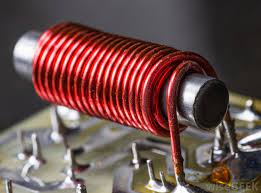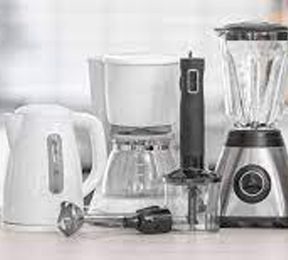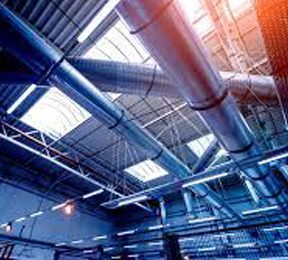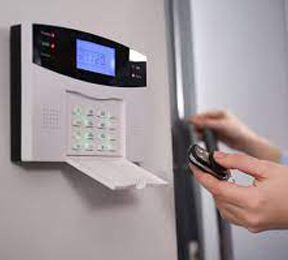Relay Selection and Considerations
Choosing the right power relay for a specific application involves careful consideration of several factors:
Contact Rating: The relay’s contact rating should match the load’s power requirements to ensure safe and reliable operation.
Switching Frequency: Different relays have varying switching capabilities. Some relays are designed for frequent switching, while others are more suitable for infrequent operation.
Environmental Conditions: Consider the environmental conditions in which the relay will operate. Factors such as temperature, humidity, and vibration can impact the relay’s performance and longevity.
Mounting and Size: The relay’s physical dimensions and mounting options should align with the available space and integration requirements.
Contact Configuration: Depending on the application, choose between normally open (NO), normally closed (NC), or changeover (CO) contacts.
Coil Voltage: Ensure that the coil voltage matches the control circuit’s voltage to achieve proper energization.
Advantages and Limitations
Power relays offer several advantages that contribute to their widespread use:
Versatility: Power relays can switch a wide range of loads, making them suitable for diverse applications.
Reliability: Their mechanical design ensures reliable switching even in challenging environments.
Compatibility: Power relays can be easily integrated into existing systems due to their standardized connection terminals.
Simplicity: They are relatively simple to understand and operate, making them accessible to engineers and technicians.
However, power relays also have limitations:
Mechanical Wear: The moving parts in power relays are subject to wear over time, which can affect their longevity.
Switching Speed: Power relays have mechanical components, which limit their switching speed compared to solid-state relays.
Conclusion
Power relays are a testament to the combination of electromagnetism and mechanics, facilitating controlled switching in countless applications across industries.
With their ability to handle high power loads, power relays play a vital role in industrial automation, home appliances, automotive systems, energy distribution, and safety applications. If you have any questions about our products, please feel free to contact us at [email protected].






